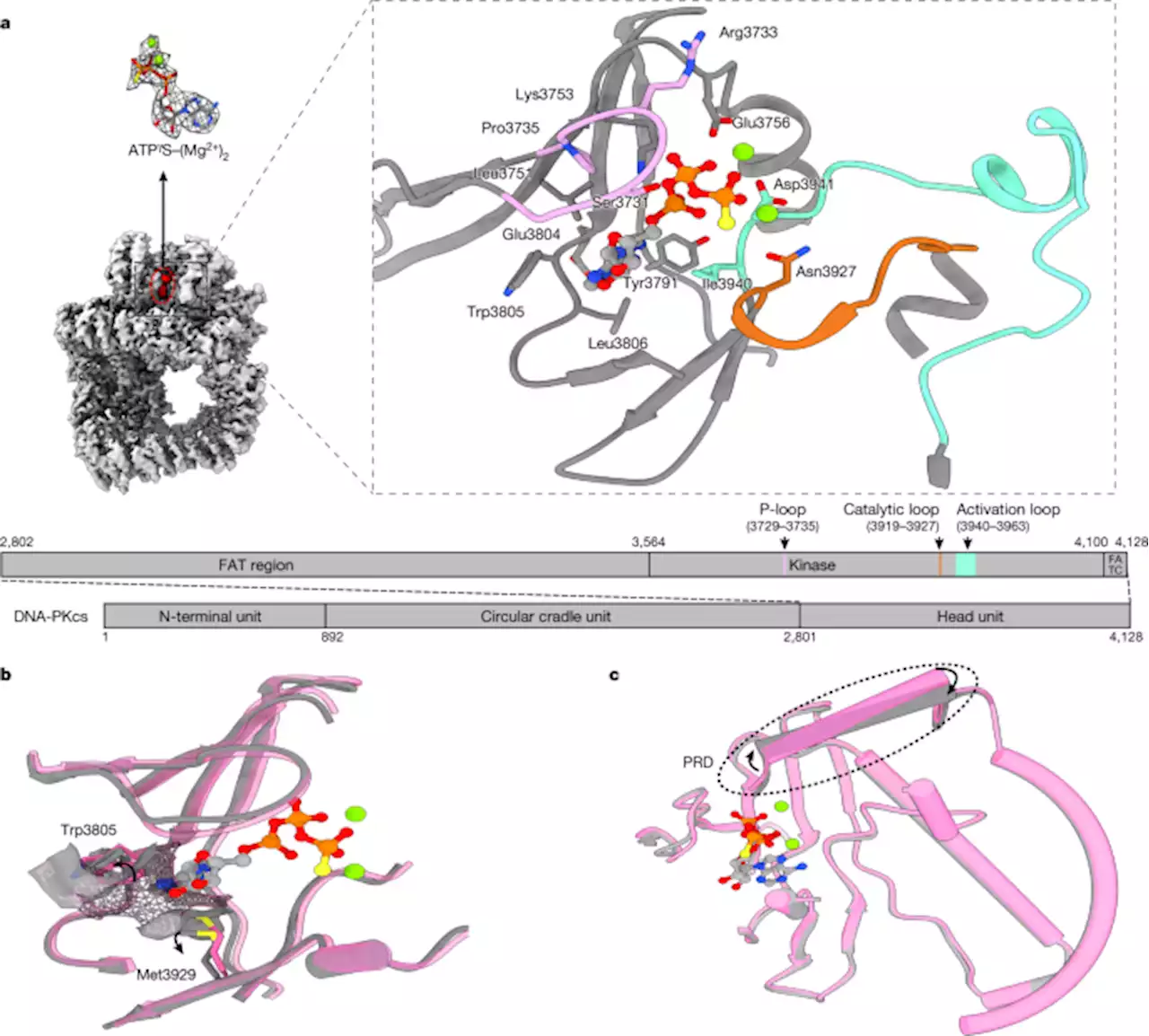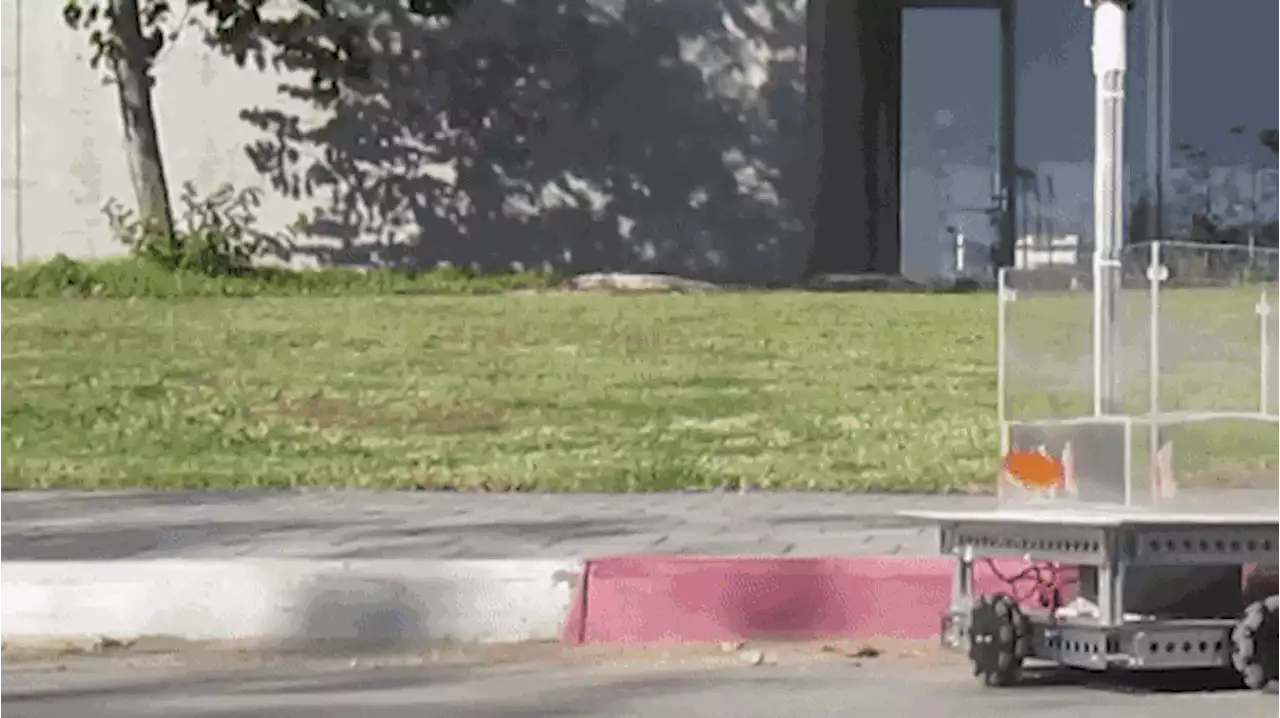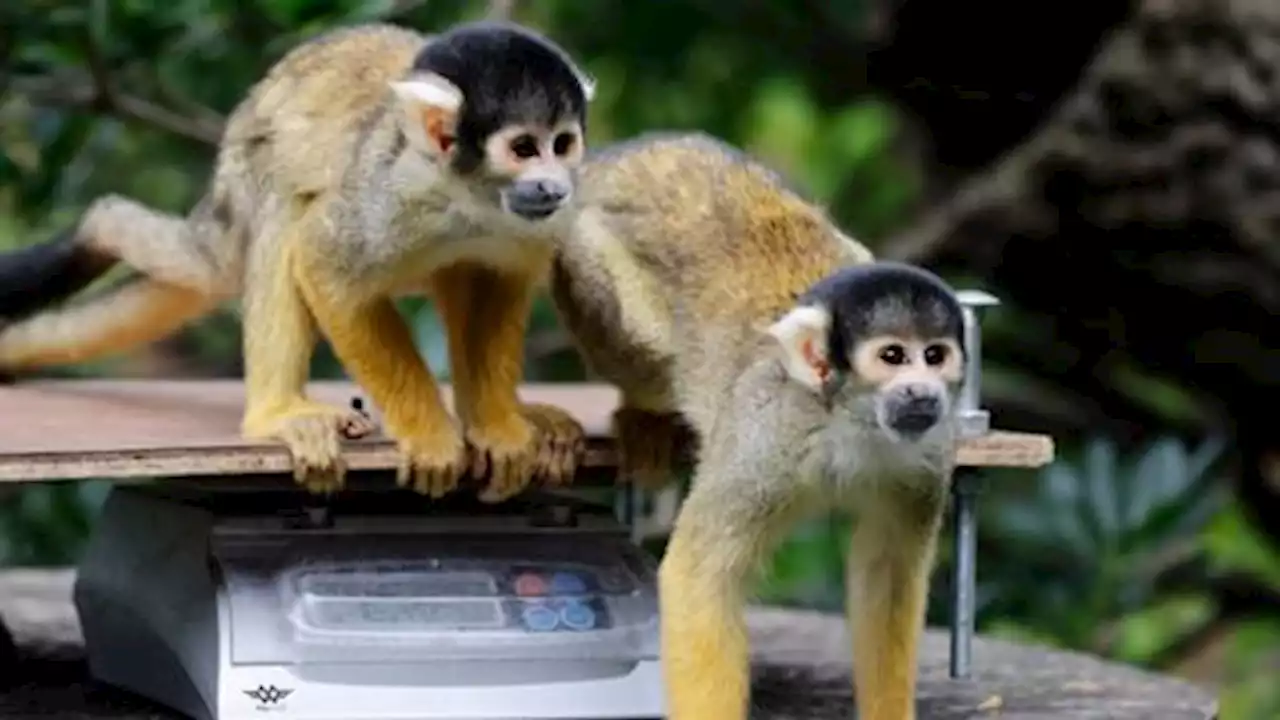Detecting animals in the air: environmental DNA sampling expected to pave the way for non-invasive monitoring of terrestrial wild animals
“Capturing airborne environmental DNA from vertebrates makes it possible for us to detect even animals that we cannot see are there,”According to a news release, terrestrial animals can be monitored by many methods, including camera traps, analysis of the environment for footprints or faeces, or in-person observation. Yet these methods “can involve intensive fieldwork and require the animal to be physically present.
“Compared to what people find in rivers and lakes, monitoring airborne DNA is really, really hard, because the DNA seems super diluted in the air,” says Elizabeth Clare, who was lead researcher of the Queen Mary University of London team and is now at York University in Toronto. “But our zoo studies have yet to fail for different samplers, genes, locations, and experimental approaches. All of it worked and surprisingly well.
“Air surrounds everything, and we wanted to avoid contamination in our samples while optimising true detection of animal DNA,” says Bohmann. “Our newest work with airborne eDNA involves what we usually do when processing eDNA samples, just tuned up a little bit.” The fan ingests air from the zoo and its surroundings, which could contain genetic material from “anything that can become airborne and is small enough to continue floating in the air,” says Lynggaard. “After air filtration, we extracted the DNA from the filter and used PCR amplification to make a lot of copies of the animal DNA. After DNA sequencing, we processed the millions of sequences and ultimately compared them to a DNA reference database to identify the animal species.
United States Latest News, United States Headlines
Similar News:You can also read news stories similar to this one that we have collected from other news sources.
 Structural insights into inhibitor regulation of the DNA repair protein DNA-PKcs - NatureA paper in Nature reveals the high-resolution cryoEM structure of DNA-PKcs in complex with inhibitors, providing insights into their mode of action and specificity, to help the discovery of new cancer drugs targeting DNA-PKcs
Structural insights into inhibitor regulation of the DNA repair protein DNA-PKcs - NatureA paper in Nature reveals the high-resolution cryoEM structure of DNA-PKcs in complex with inhibitors, providing insights into their mode of action and specificity, to help the discovery of new cancer drugs targeting DNA-PKcs
Read more »
 Wild birds don't need your backyard feeders to surviveBirds like chickadees use our feeders as more of a snack than a main course, and can certainly fend for themselves if need be.
Wild birds don't need your backyard feeders to surviveBirds like chickadees use our feeders as more of a snack than a main course, and can certainly fend for themselves if need be.
Read more »
 Wild video shows goldfish 'driving' a water-filled car in weird experimentFish may not need bicycles, but they seem to like cars.
Wild video shows goldfish 'driving' a water-filled car in weird experimentFish may not need bicycles, but they seem to like cars.
Read more »
 First Reactions to New Scream Movie Say it has Wild Twists & Brutal KillsWe're one week away from the release of Scream, the upcoming fifth movie in the slasher franchise [...]
First Reactions to New Scream Movie Say it has Wild Twists & Brutal KillsWe're one week away from the release of Scream, the upcoming fifth movie in the slasher franchise [...]
Read more »
 Wild deer are giving each other COVID—a lotA new study shows white-tailed deer can contract SARS-CoV-2 from humans, as well as from each other, and may act as a reservoir for the virus.
Wild deer are giving each other COVID—a lotA new study shows white-tailed deer can contract SARS-CoV-2 from humans, as well as from each other, and may act as a reservoir for the virus.
Read more »
 Airborne animal DNA could help biologists track endangered speciesA pair of new studies that gathered DNA from the air in zoos shows that animals shed a remarkable amount of genetic material.
Airborne animal DNA could help biologists track endangered speciesA pair of new studies that gathered DNA from the air in zoos shows that animals shed a remarkable amount of genetic material.
Read more »
